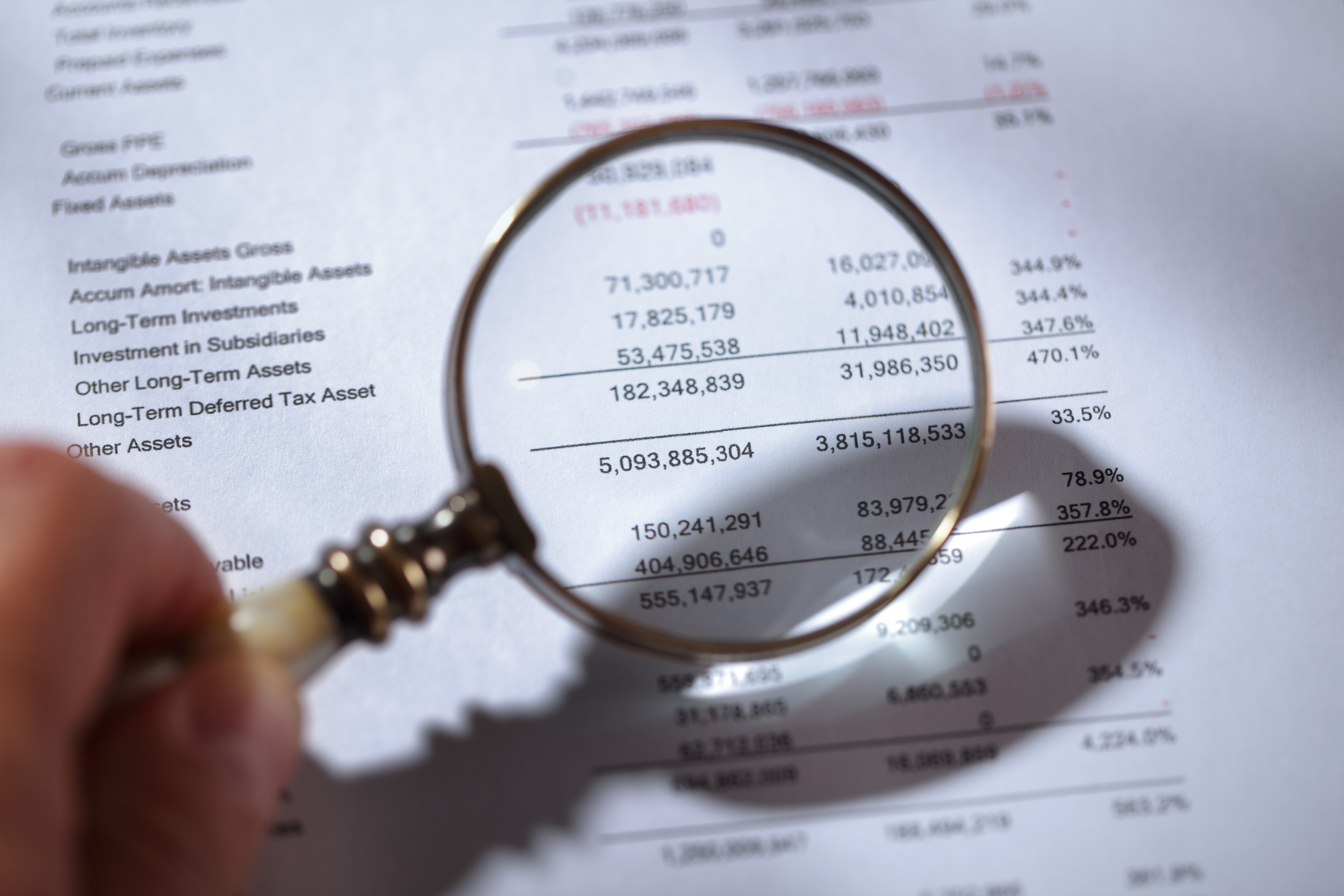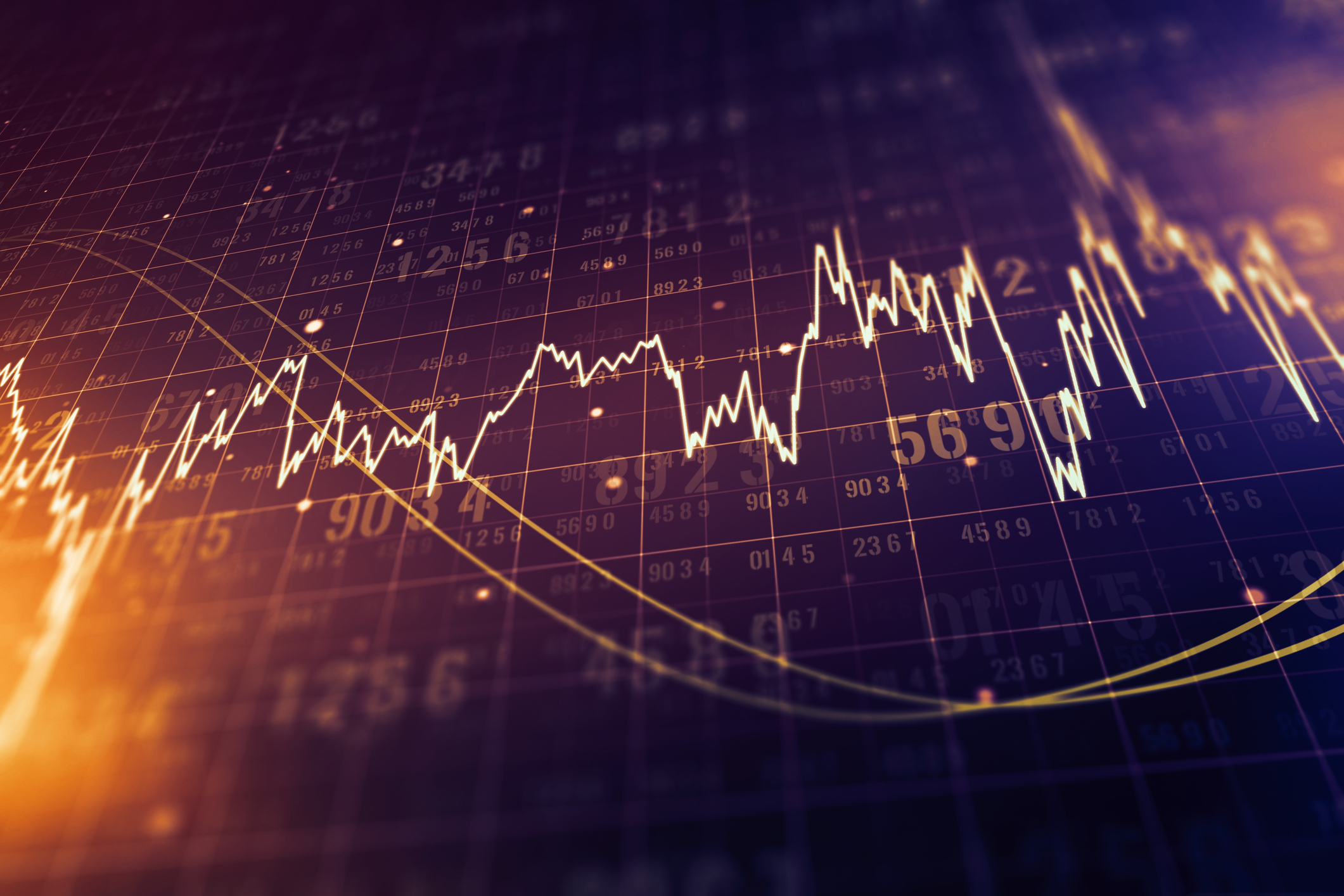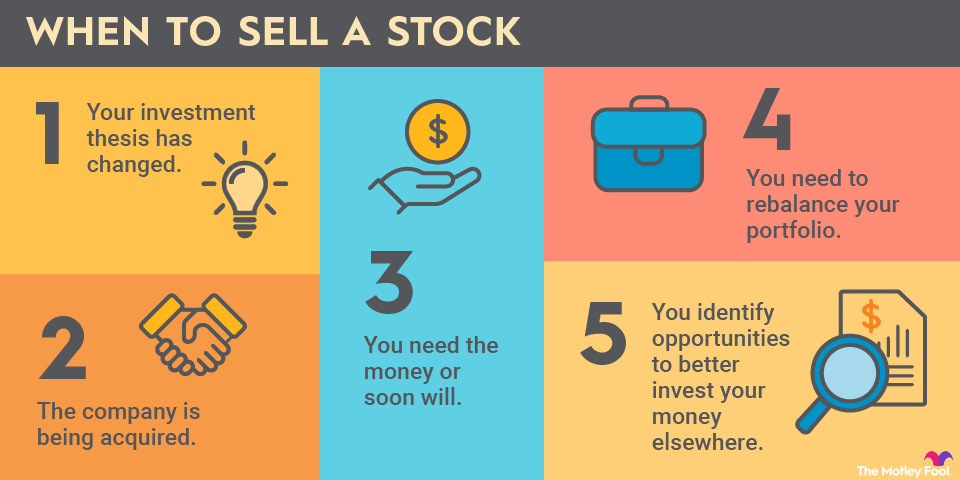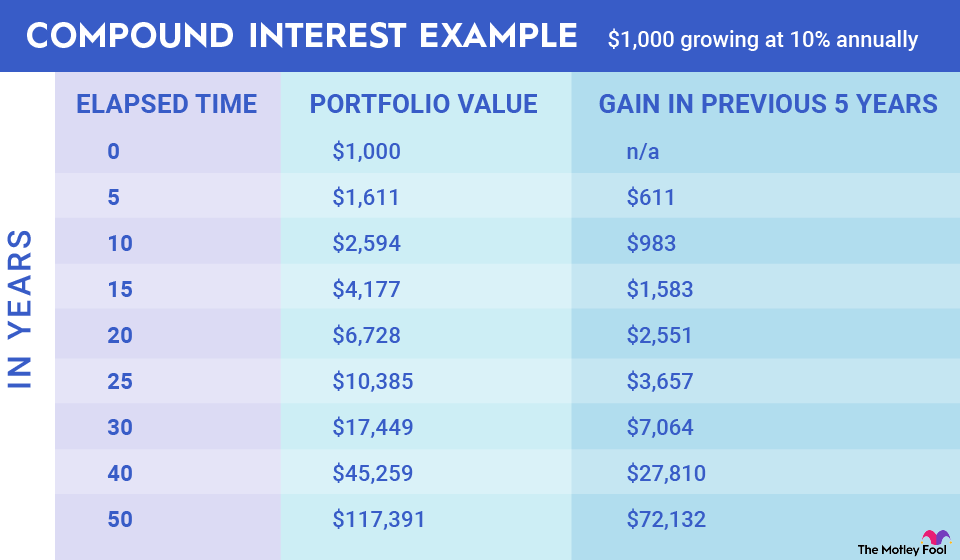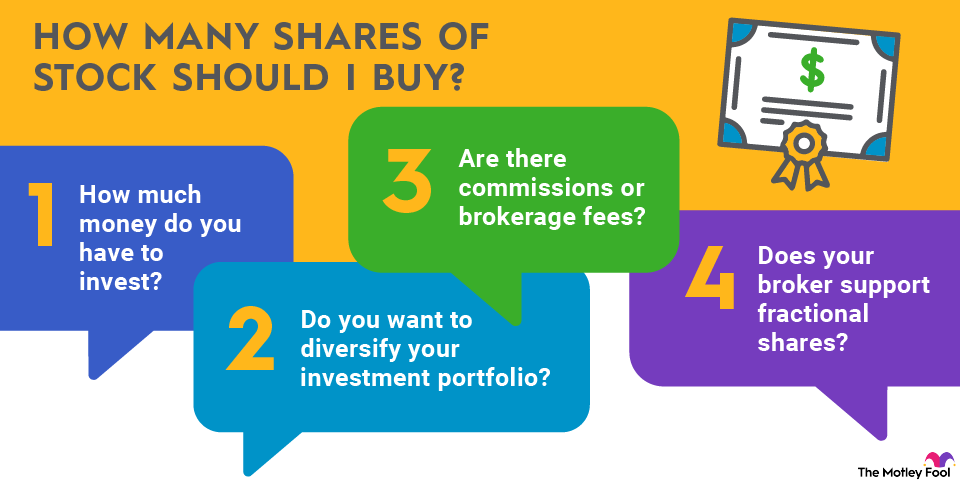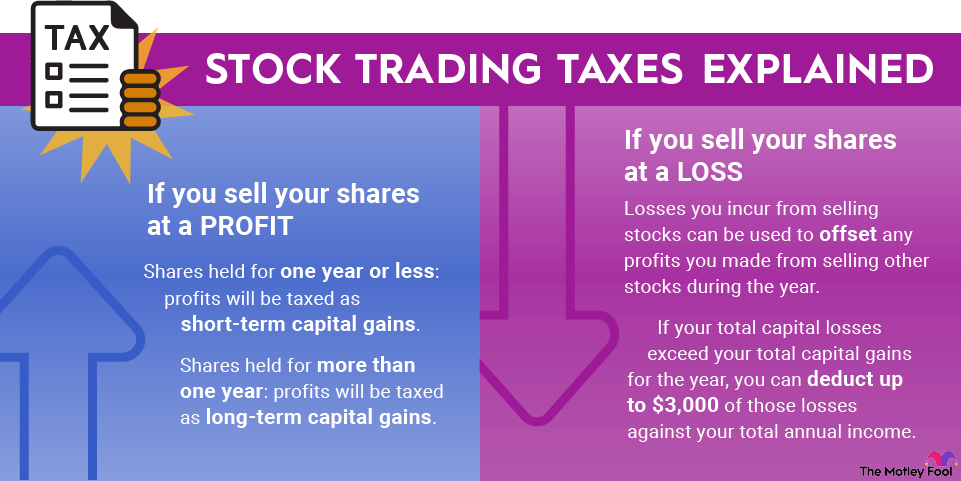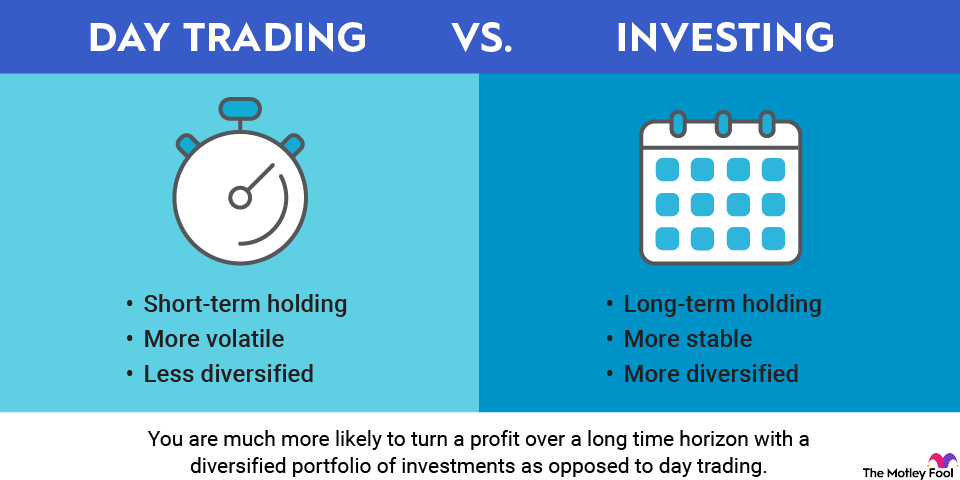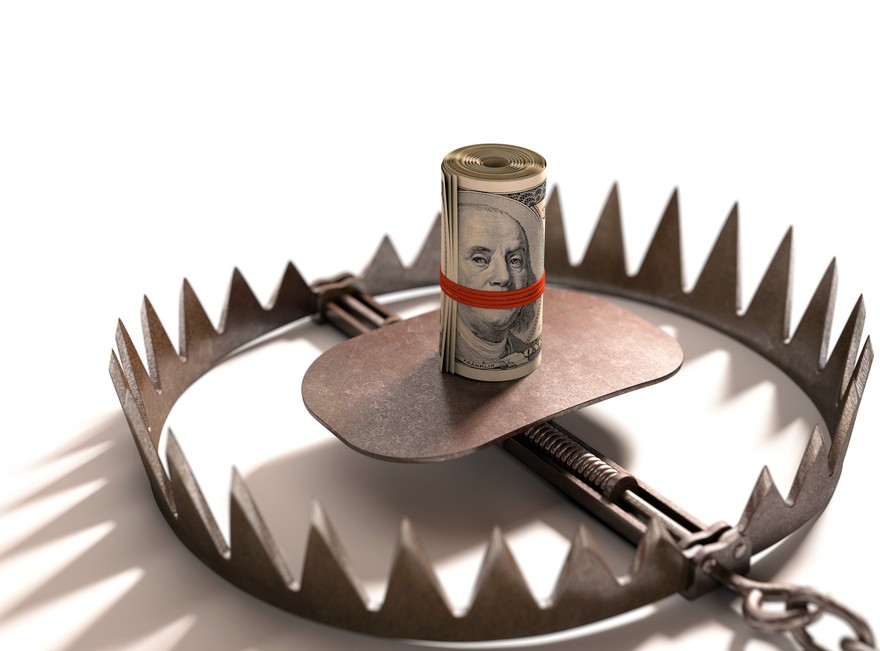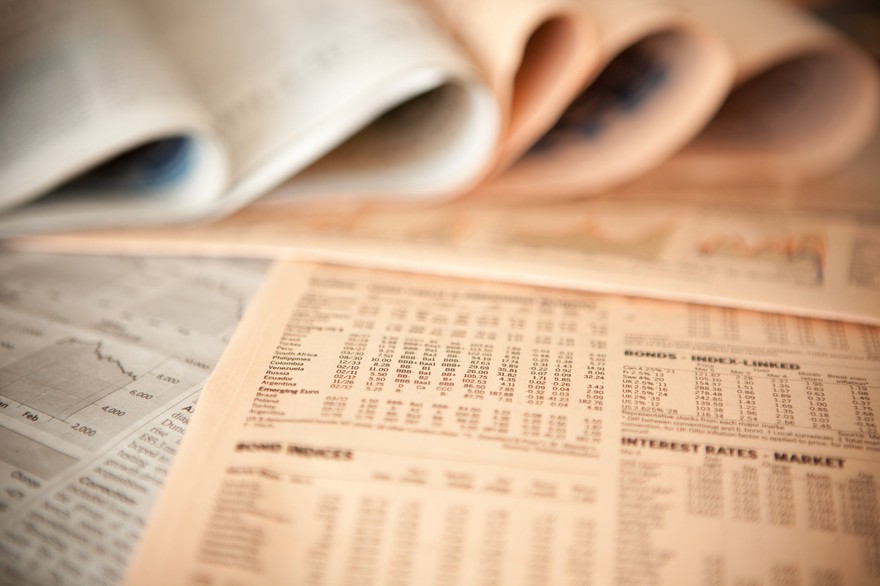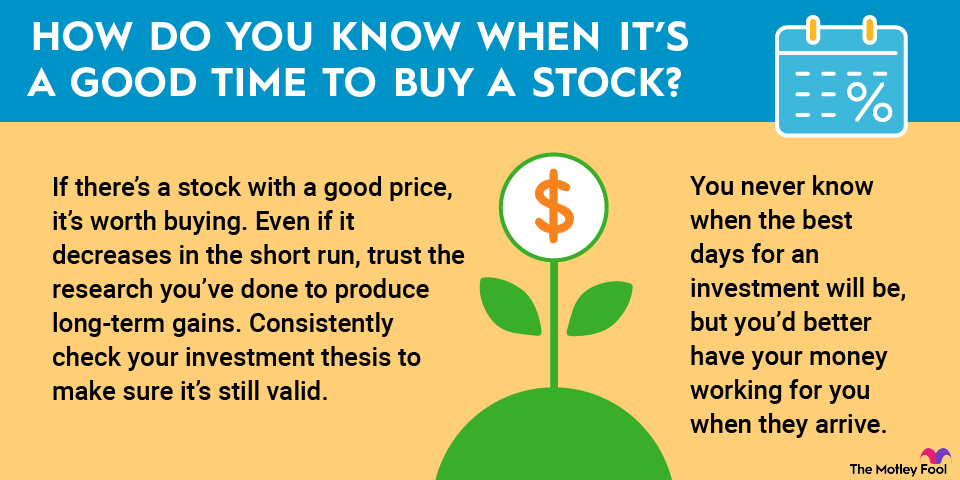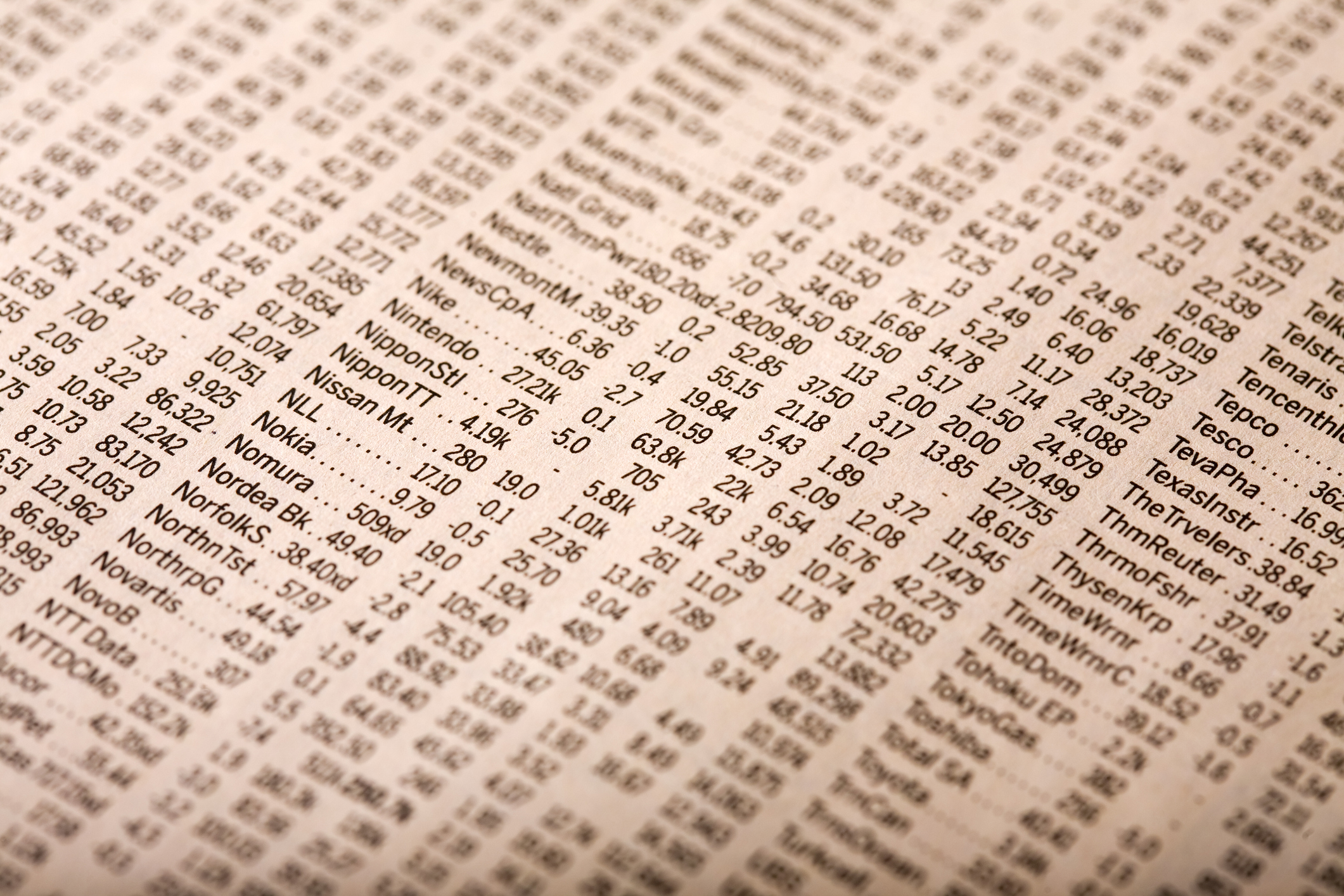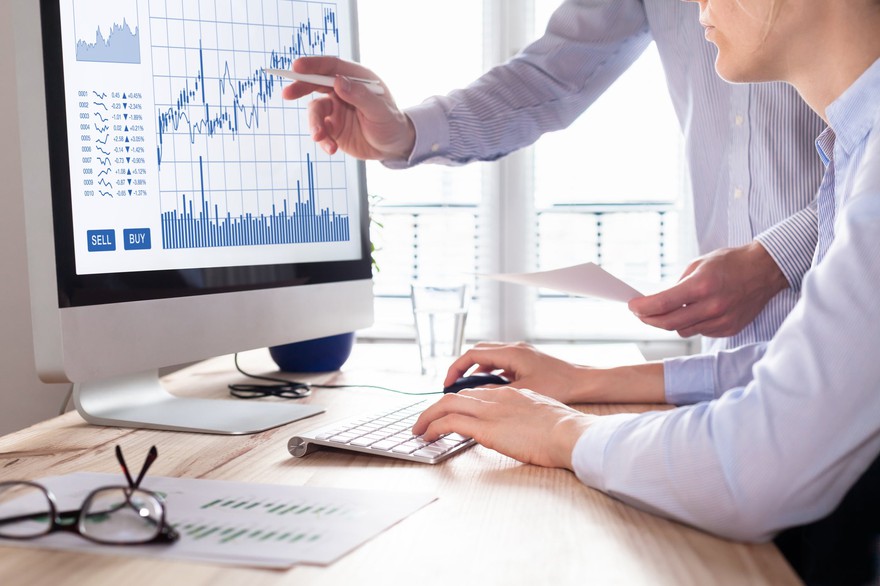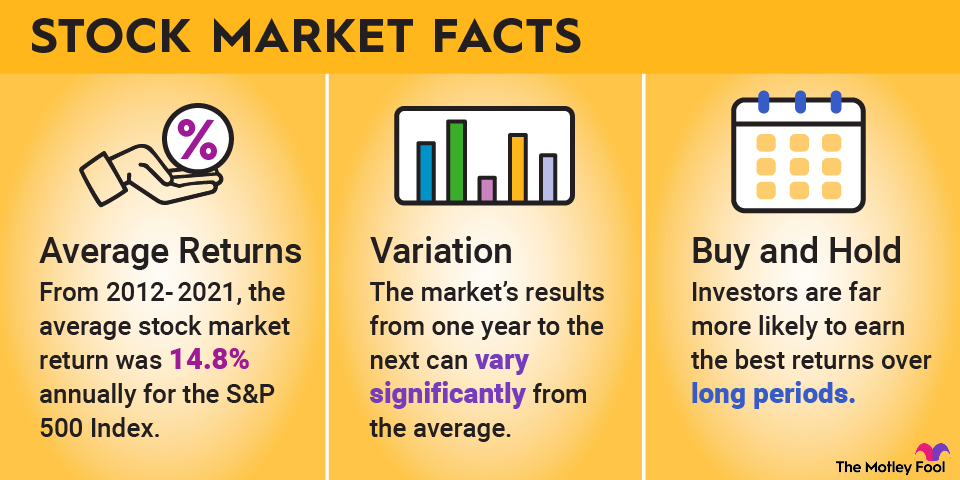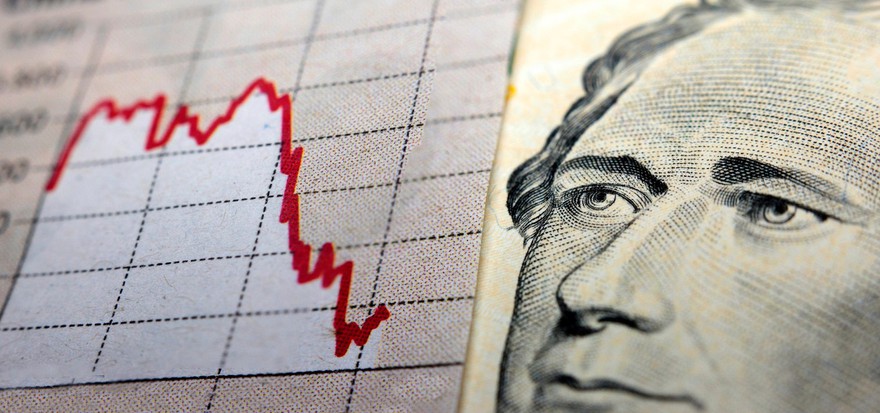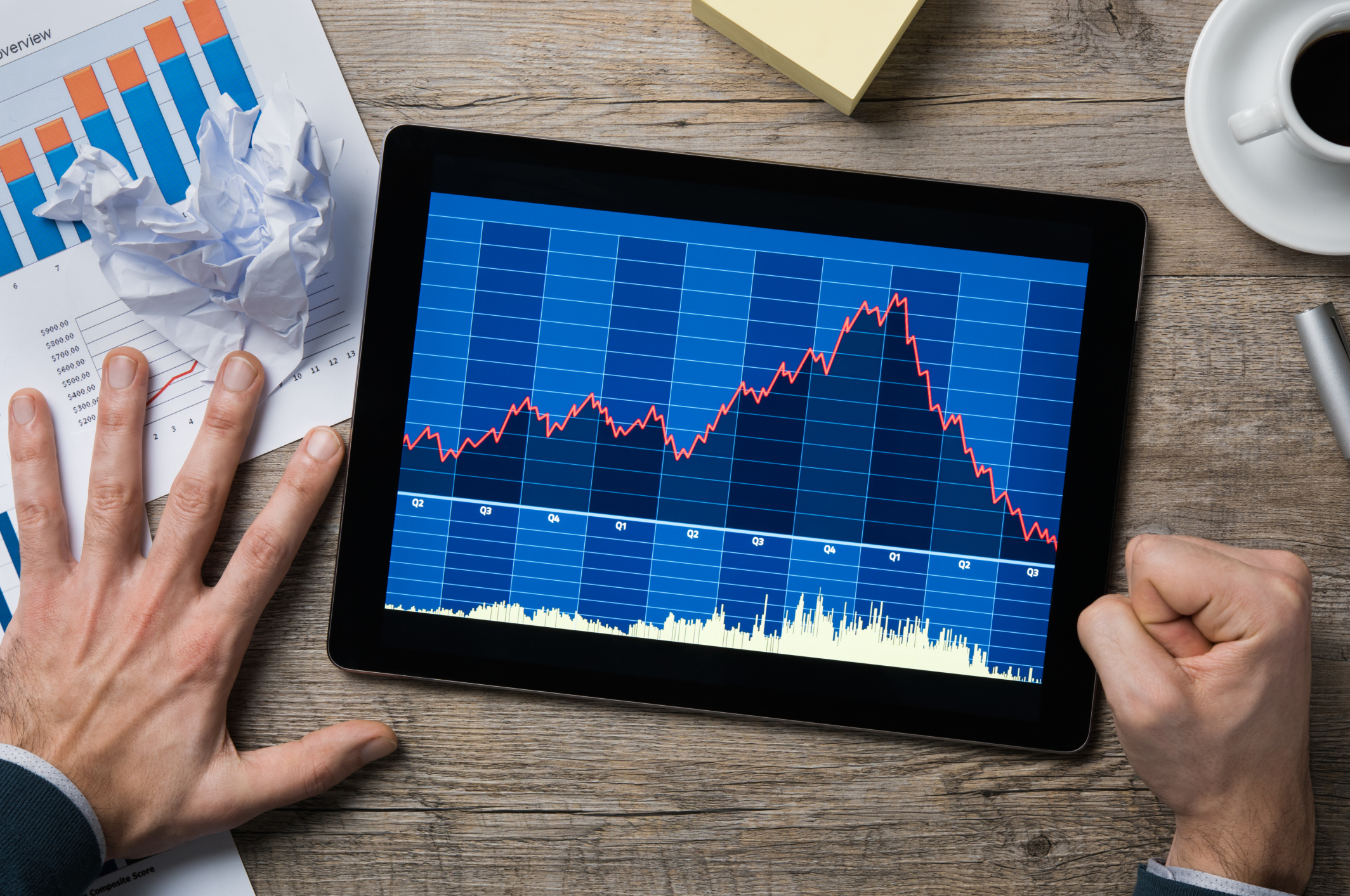DoorDash (DASH +1.96%) makes money through a host of sometimes confusing fees. DoorDash is a leading delivery platform that connects customers, merchants, and drivers. The company is the top food delivery company in the U.S., with a market share above 60%, placing it well ahead of competitors like ride-hailing behemoth Uber's (UBER -0.39%) Uber Eats and Grubhub.
Read on to learn more about the services DoorDash offers and how DoorDash makes money. We’ll also dive into DoorDash’s financials, as well as a few recent developments to know about before you invest money in the company.

NASDAQ: DASH
Key Data Points
What does DoorDash do?
DoorDash is a platform that provides delivery of food, groceries, alcohol, and convenience items. Essentially, customers use the DoorDash app and website to browse restaurant menus, place orders, and make payments through the platform. Once the order is placed, DoorDash matches it to an independent contractor (known as a Dasher) who picks up the order and makes the delivery.
Though DoorDash is primarily known as a food delivery company, it also provides:
- Grocery and retail delivery. DoorDash partners with a number of retail businesses, including grocery stores, liquor stores, pet stores, and convenience stores, to offer delivery services.
- DoorDash Drive On-Demand. DoorDash allows businesses to offer delivery directly through their website. When a customer places an order, it's fulfilled by a Dasher.
- DashMart. DashMart is a DoorDash-owned online convenience store that carries various grocery and household essentials.
The company was founded in 2013 by then-Stanford students Tony Xu, Andy Fang, Stanley Tang, and Evan Moore, who saw that many smaller restaurants struggled to fulfill delivery orders. It launched as PaloAltoDelivery.com, with the co-founders making deliveries from their cars, before eventually rebranding as DoorDash.
DoorDash went public in December 2020, with an initial share price of $102. Shares soared by 85% to $189 on the first day of trading. The company raised $3.4 billion in its initial public offering (IPO), making it one of the hottest new stocks of 2020 and a top stay-at-home stock at the peak of the COVID-19 pandemic.
Xu, one of DoorDash’s founders, now serves as the company’s CEO. DoorDash has a market cap of about $110 billion as of mid-September 2025 and achieved its first full year of net profitability for fiscal 2024.
Revenue
How does DoorDash make money?
DoorDash reported more than $10.7 billion in revenue for its fiscal year that ended Dec. 31, 2024. Some of the main ways DoorDash makes money include:
- Merchant commissions. DoorDash charges merchants a commission for each order fulfilled based on the plan tier businesses choose. For orders placed through the DoorDash Marketplace (the company’s consumer-facing platforms, like its app and website, which account for the vast majority of revenue), commissions generally range from 15% to 30%.
- Commerce fees. DoorDash earns flat fees from offering a suite of tools for businesses seeking to offer direct online ordering, including custom mobile apps, online ordering systems, and customizable text and email marketing. Though there’s a free starter plan, DoorDash’s commerce platforms cost $54 or $249 per month.
- Delivery and service fees. Customers who place orders using DoorDash may pay several different fees, including a service fee and a delivery fee. Small-order fees, long-distance fees, and express delivery fees may also apply.
- Subscription fees. DoorDash generates revenue from its DashPass subscription, which allows customers to pay a flat monthly or annual fee in exchange for a $0 delivery fee and lower service fees. DoorDash owns and operates a food delivery service called Wolt in Europe, where customers can purchase a Wolt+ subscription.
- Advertising. Some merchants pay for premium placement or ads within the DoorDash platform.
DoorDash financials
DoorDash finished fiscal 2024 in the black, with $123 million in net profit -- its first full year of profitability. The company's revenue was $10.72 billion, up 24% from fiscal 2023. Overall, DoorDash processed more than $60 billion in sales for merchants across 30 countries.
Management said that various improvements to efficiency helped the platform increase its Marketplace GOV, or gross order value -- essentially, the total dollar value of the orders it brings in before subtracting for expenses -- by 20% year over year.
DoorDash also recorded a net profit during its first two quarters of 2025. In the second quarter of 2025, it earned GAAP net income of $285 million, compared to a $157 million loss for Q2 of 2024. Diluted earnings per share (EPS) for the trailing 12 months that ended June 30, 2025, was $1.88.
Related investing topics
Recent developments
If you’re considering investing in DoorDash, here are a few recent developments to know about if you want to invest in the stock:
- The company is buying British delivery app Deliveroo. DoorDash is in the process of buying Deliveroo, a British restaurant and grocery delivery platform, in a deal valued at $3.9 billion. Deliveroo went public on the London Stock Exchange in 2021, but is down more than a third since its debut. The acquisition is part of DoorDash’s plan to expand its international presence. The company also purchased Wolt, a Finnish food delivery company, for $7.9 billion in 2022.
- DoorDash recently entered the buy now, pay later space. Buy now, pay later (BNPL) services allow customers to split a larger purchase into several installment payments (usually four), often without charging interest or requiring a hard credit check. DoorDash recently began offering BNPL through a partnership with fintech company Klarna. The move has drawn some concern from consumer advocates, who worry customers could rack up debt paying for meals and groceries. However, offering BNPL loans could help the company expand retail delivery offerings.
- The company is betting big on AI. DoorDash may not come to mind when you think of artificial intelligence (AI) stocks, but AI has been key to the company's success. The company uses AI for everything from optimizing driver routes for maximum efficiency to providing personalized restaurant and menu item recommendations.
- Your new Dasher could be a robot. In late September, DoorDash announced that it's launching new automated-driving delivery robots, called Dots, which can travel at speeds of up to 20 mph. DoorDash is starting the rollout in the Arizona cities of Mesa and Tempe.
